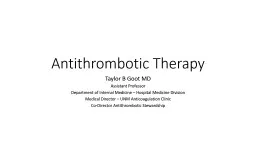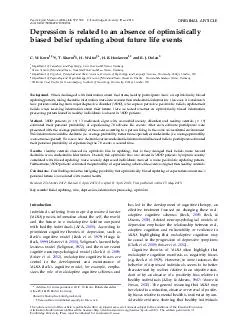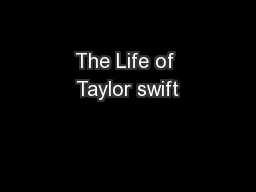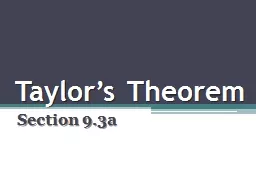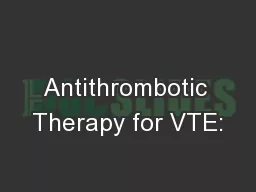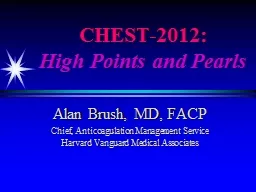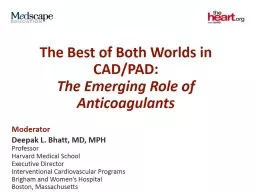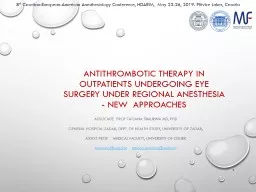PPT-Antithrombotic Therapy Taylor B Goot MD
Author : cheryl-pisano | Published Date : 2018-11-21
Assistant Professor Department of Internal Medicine Hospital Medicine Division Medical Director UNM Anticoagulation Clinic CoDirector Antithrombotic Stewardship
Presentation Embed Code
Download Presentation
Download Presentation The PPT/PDF document "Antithrombotic Therapy Taylor B Goot MD" is the property of its rightful owner. Permission is granted to download and print the materials on this website for personal, non-commercial use only, and to display it on your personal computer provided you do not modify the materials and that you retain all copyright notices contained in the materials. By downloading content from our website, you accept the terms of this agreement.
Antithrombotic Therapy Taylor B Goot MD: Transcript
Download Rules Of Document
"Antithrombotic Therapy Taylor B Goot MD"The content belongs to its owner. You may download and print it for personal use, without modification, and keep all copyright notices. By downloading, you agree to these terms.
Related Documents

